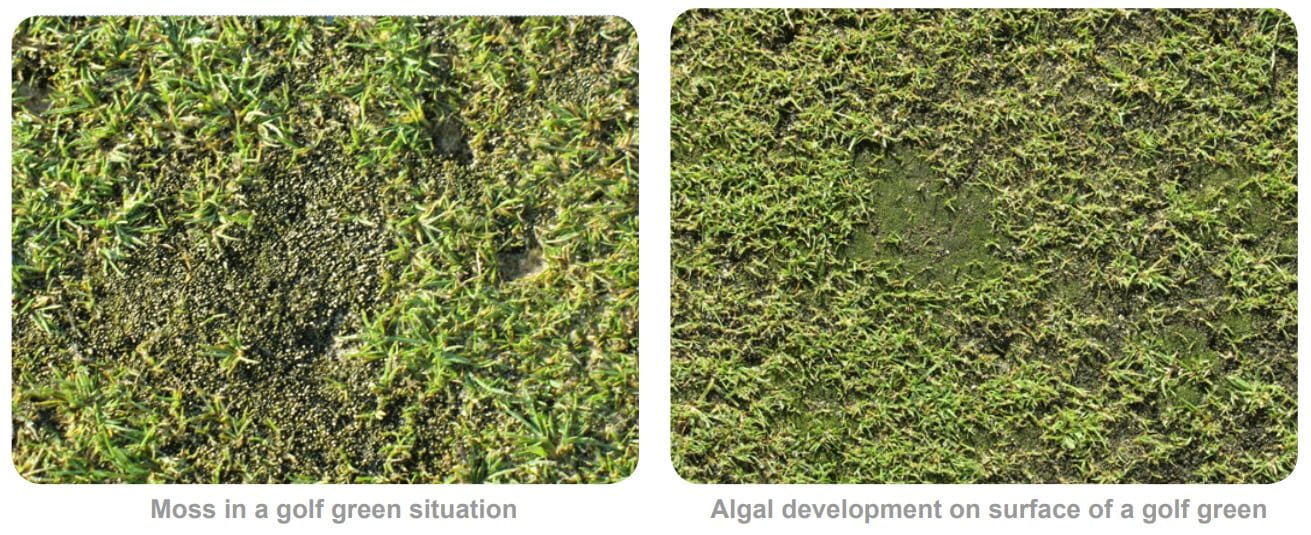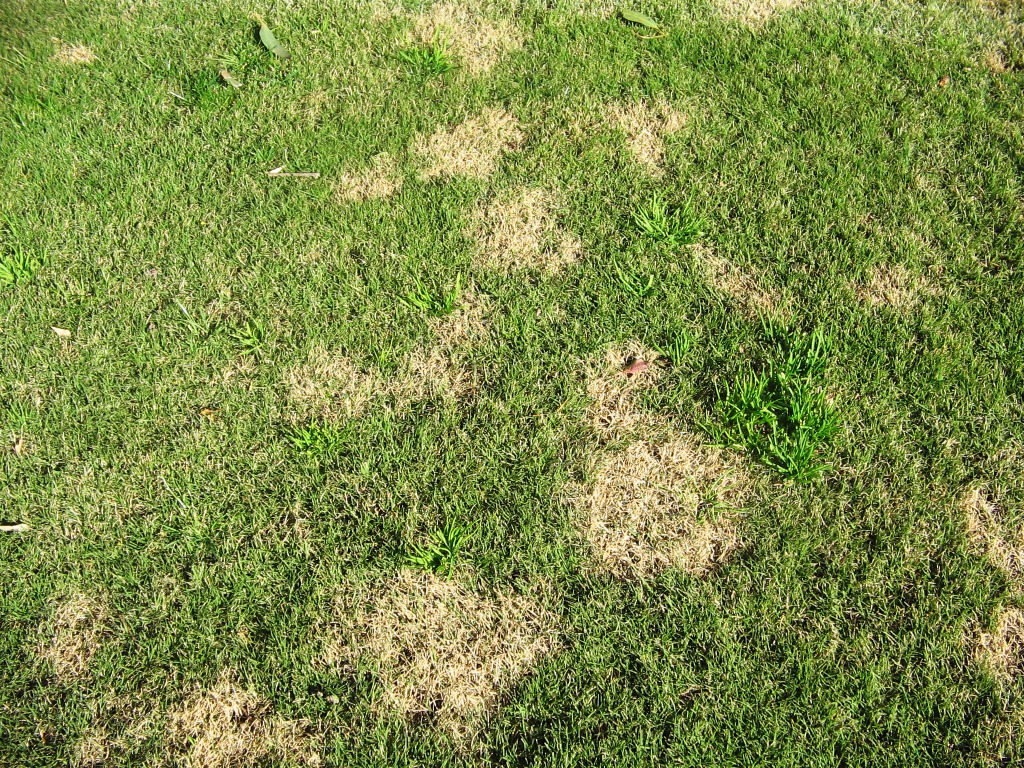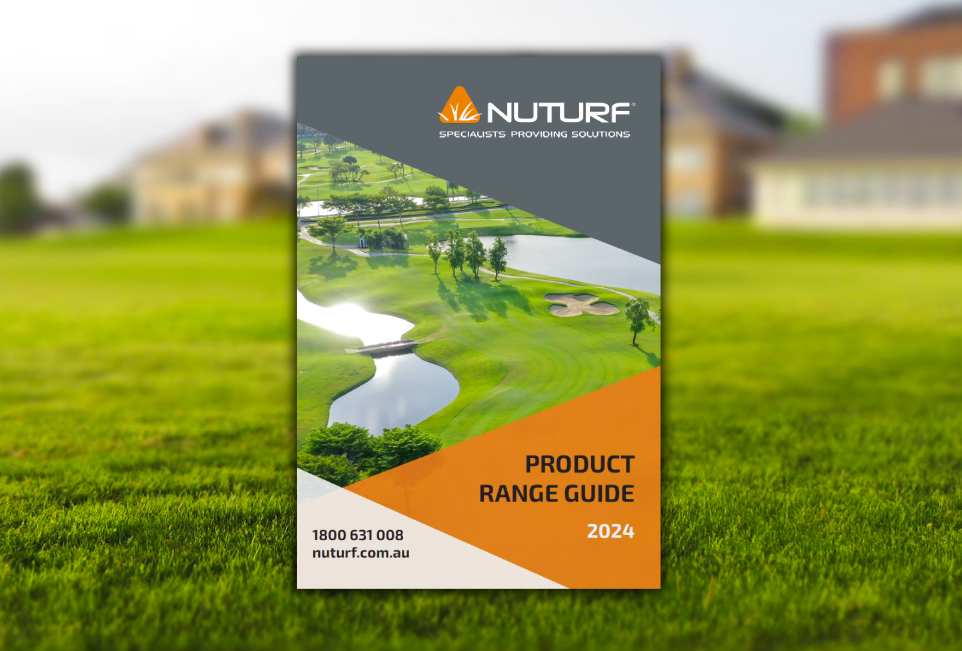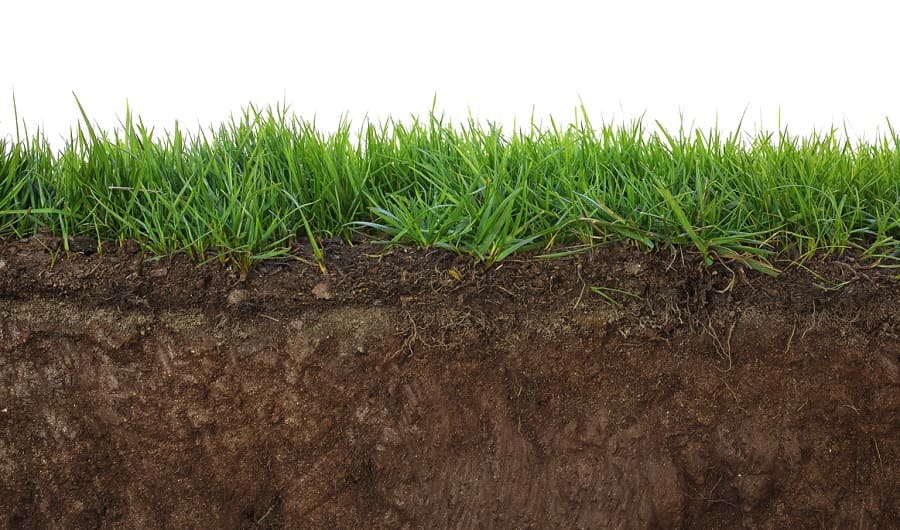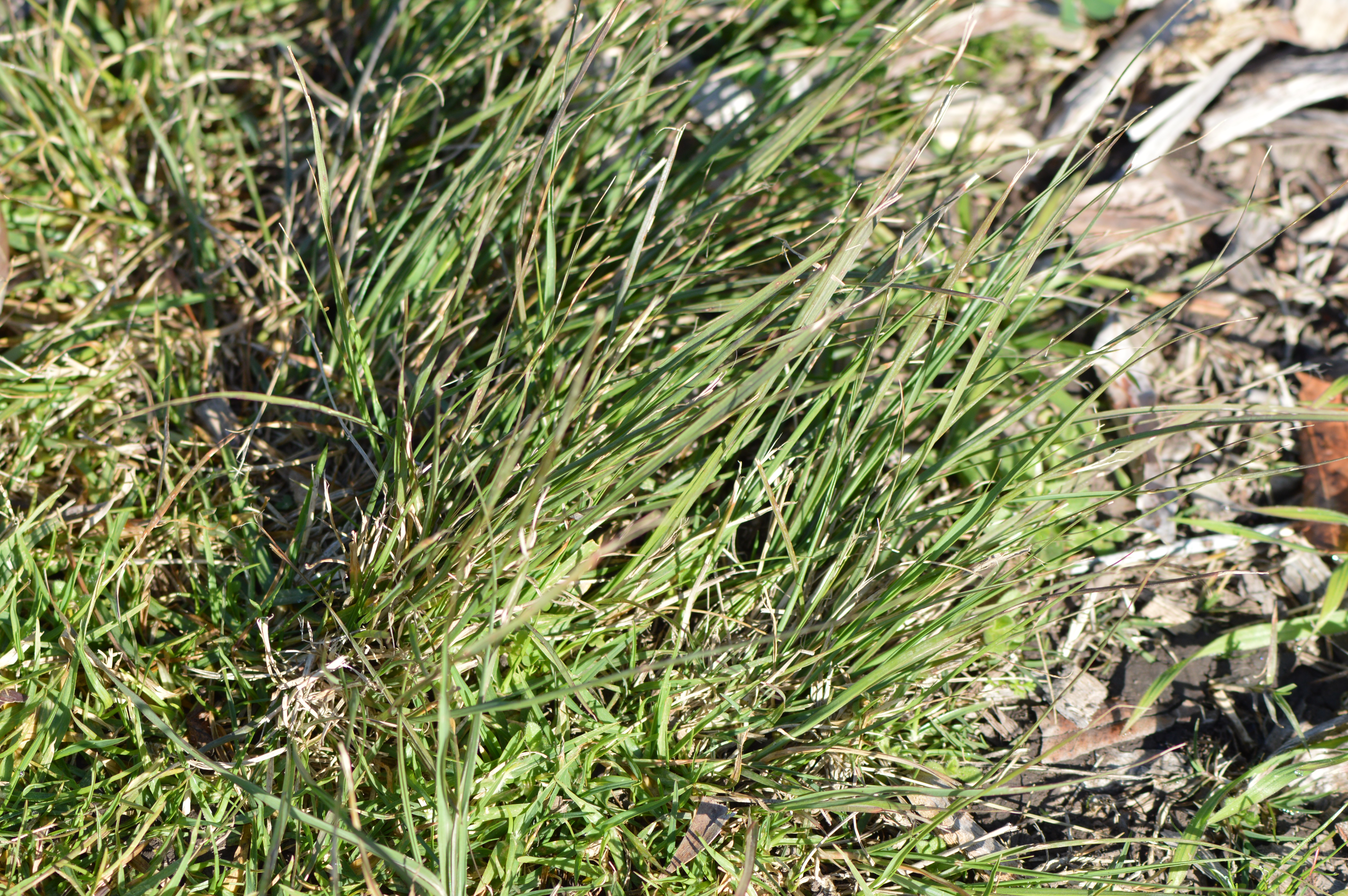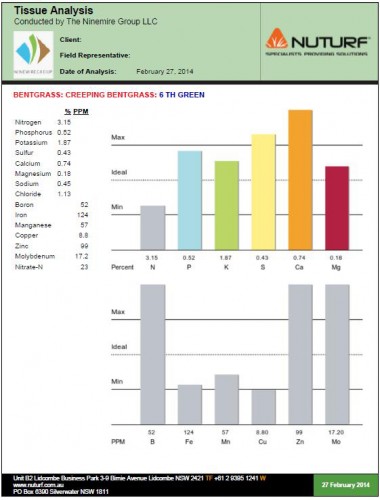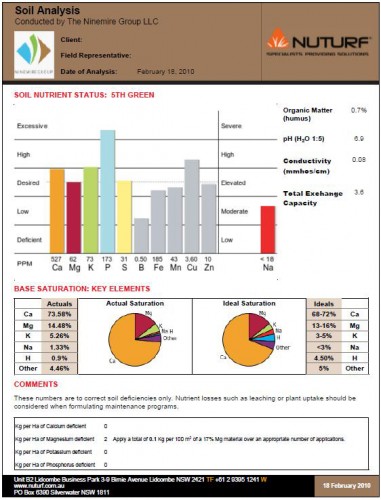A 10 Step Guide to Successfully Oversowing Your Sports Field
A 10 Step Guide to Successfully Oversowing Your Sports Field
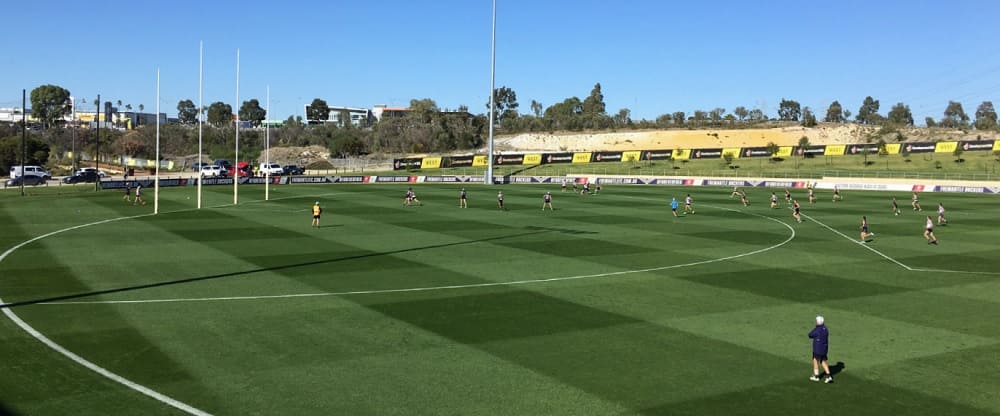
At Nuturf, we've partnered with Barenbrug to bring you a 10-step guide to successfully oversow your sports field so you can maximise performance.
Throughout Australia, perennial ryegrass is still the number one choice when it comes to sowing sports fields given, its excellent wear tolerance and short establishment windows.
Pre-Sowing Activities
- Canopy regulation of warm season base: Apply an application of Trinexapac to restrain the warm season turf and provide a competitive opportunity for the rye seed to establish with good access to light.
- Lightly scarify the warm season turf and/or lower height of cut (HOC): In doing so, it can provide rye seed ready access to the soil surface for maximum contact and optimised germination. Like the Trinexapac it looks to address the physical barrier warm season turf canopies pose
- Optional – Soil insecticide application: The over-seeding calendar can coincide with late season activity of coleoptera grubs or more likely Lepidoptera grubs such as LawnArmyworms. An application of a soil-applied insecticide can help limit any damage from these pests.
- Pre-sow Pythium protection: Application of a preventative Pythium chemistry can be vital in late summer sowing where air and soil temperatures remain high. It is also important to manage down inoculum that could become active when water volumes increase at seeding. Apply 1–3 days pre-sow so it is available to the germinating seed.
- Seed sowing: Seed variety selection is critical to field performance so it is important to check with your Nuturf rep on what will suit your field if you are unsure. Apply Barenbrug/Nuturf seed at rates recommended to optimise density (3–400 kg per ha are typical rates). It is recommended to sow in at least two directions (double pass) with dimple or slice seeder for accurate and uniform seed placement. Density greatly improves as the rye begins to tiller. It is recommended to ensure a minimum of two weeks without sports play or training to allow the seedling to germinate and begin to set root. It is recommended post seeding to give the new seed a good first soak, to allow the moisture to penetrate the seed walls. Depending on temperature and evaporation, regular light watering is critical to good seed establishment.
Post-Sowing Activities
- Starter fertiliser to enhance early establishment phase: Inclusion of a starter fertiliser that contains Phosphorus and Potassium will help the early establishment phase even if soil tests suggest P is present in soil. Often P is bound and unavailable and addition of some extra will benefit plant establishment.
- Foliar fungicide use: Young rye is soft and often luxuriant courtesy of nutrition applied to support growth. Actively growing foliage can produce guttation water which is commonly seen on leaf tips in the mornings. This water contains organic acids and sugars that fungal pathogens love. This soft foliage requires protection, so a regular application of a contact fungicide offers strong prevention of disease.
- Soil applied fungicides for protection from Pythium and other root diseases: Incorporation of soil applied fungicides that contain broad spectrum activity and systemic movement (e.g. Azoxystrobin) support healthy development and keep the turf free from setbacks that cause patchiness or lack of resilience.
- Growth regulation program: Adoption of a trinexapac program looking for only mild regulation can provide many other quality benefits. These include, increases in root mass and depth, carbohydrate redirection and even shade tolerance (e.g. Northern ends of stadiums).
- Selective herbicides for managing competition of poa annua (winter grass) in the surface: Herbicide use on rye requires great care and diligence. Options such as Xtron 700WG can be used per label (once the rye is well established) to address poa annua. Poa annua competition with the rye can detract from the deep green colour, due to its lime green appearance.
Speak to your Nuturf Territory manager today about your oversowing and seed needs.
18-07-2022


